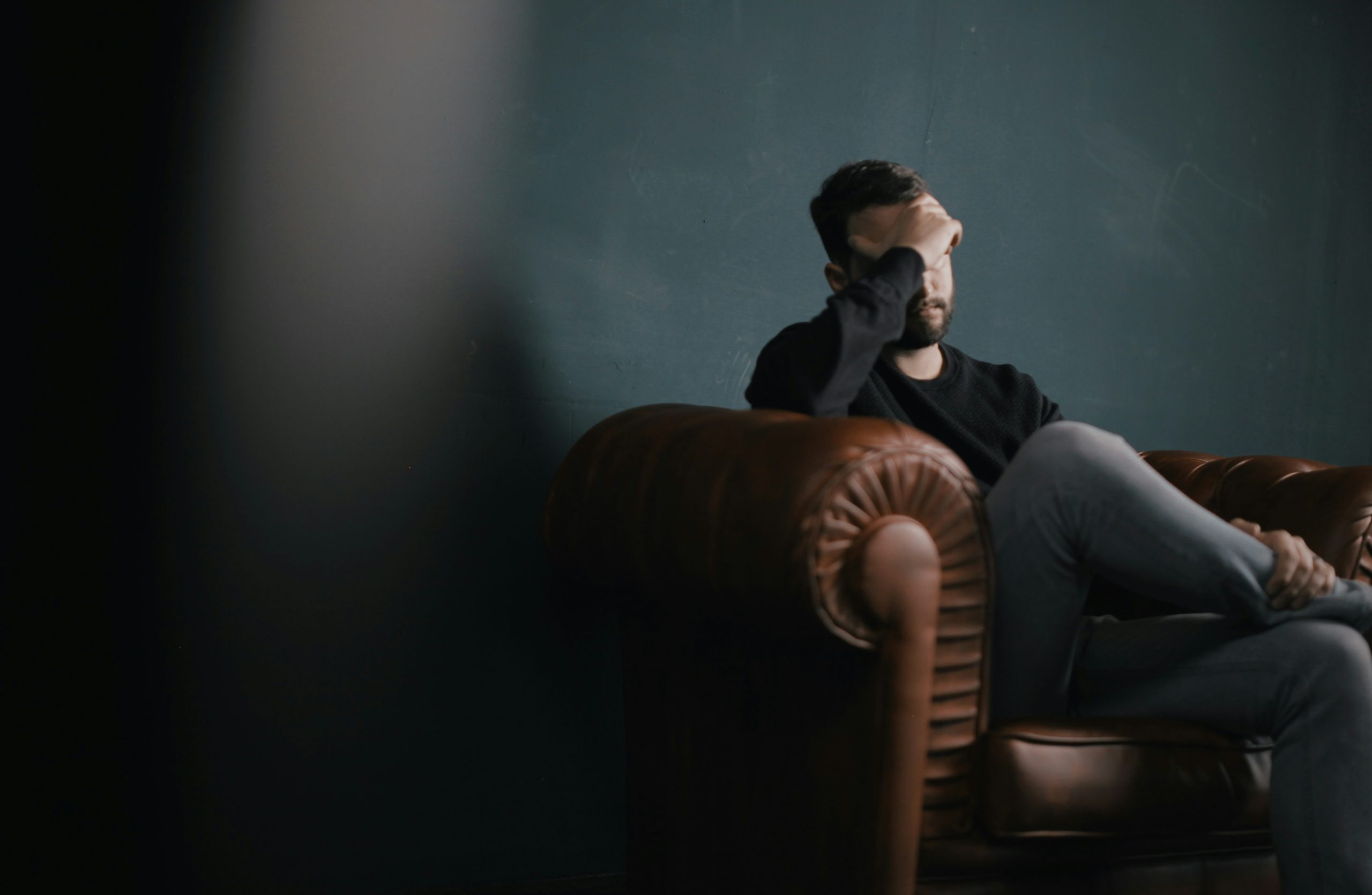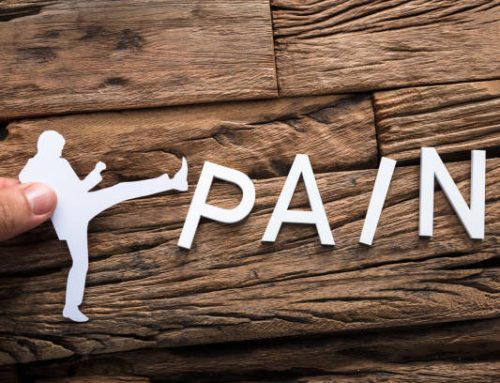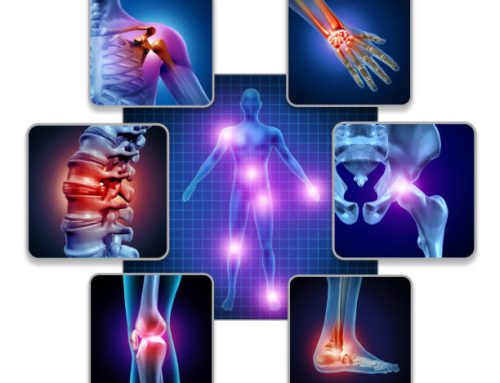Anxiety is one of the most prevalent mental health issues globally, affecting millions of people each year. According to the World Health Organization, anxiety disorders are the most common mental disorders, with an estimated 264 million people living with anxiety worldwide. This condition can manifest in various forms, including generalized anxiety disorder, panic disorder, and social anxiety disorder, significantly impacting individuals’ quality of life. The rising prevalence of anxiety highlights the need for effective and accessible treatment options. At Aim Health, we believe in integrating cutting-edge natural therapies and lifestyle changes to help manage and alleviate anxiety.
Rebalance-Impulse: Neuro-Relaxation
What is Rebalance-Impulse?
Rebalance-Impulse is a non-invasive advanced technology that offers a comprehensive guided neuro-relaxation experience. Simply slip off your shoes and relax on our ‘zero-gravity’ bed for 20-30 minutes.
Why Rebalance-Impulse for Anxiety?
Rebalance-Impulse offers a dedicated ‘stress management’ program combining chromorhythm-based breathing with Synchromotherapy® protocols. This stimulates Alpha and Theta brain waves, promoting relaxation and the release of serotonin, dopamine, and oxytocin. The technology also provides advanced meditation with auditory frequency stimulation, enhancing emotional regulation and reducing stress by calming the amygdala and related brain areas.
Backed by Science:
- Effects of Pulsed-Wave Chromotherapy and Guided Relaxation on the Theta-Alpha Oscillation During Arrest Reaction
- Impact of Short- and Long-Term Mindfulness Meditation Training on Amygdala Reactivity to Emotional Stimuli
HBOT-H₂: Oxygen and Hydrogen Therapy
What is HBOT-H₂?
HBOT-H₂ is a simple, non-invasive treatment that delivers oxygen and molecular hydrogen to your body in a pressurized chamber. Sit back and relax with your favorite book or podcast for 45-60 minutes.
Why HBOT-H₂ for Anxiety?
HBOT-H₂ may reduce anxiety by increasing oxygen delivery to the brain, enhancing blood flow, and promoting the formation of new blood vessels, which improves brain function and neuroplasticity. Additionally, HBOT-H₂ reduces brain inflammation, linked to anxiety disorders, and rebalances neurotransmitters like serotonin, helping to regulate mood.
Backed by Science:
- Hyperbaric Oxygen Therapy for Anxiety
- The Effect of Hyperbaric Oxygen Therapy on Psychological State and Wound Healing: A Case Report
Red Light Therapy: Natural Light for Better Health
What is Red Light Therapy?
Red light therapy is a simple, non-invasive treatment that delivers concentrated natural light to your skin and cells. Lie down in our light pod for 15-20 minutes.
Why Red Light for Anxiety?
Near-infrared light penetrates beyond the skin’s surface to affect brain cells directly. This natural light is absorbed by mitochondria, boosting activity and the ability to form new connections while decreasing inflammation. This process can enhance cognitive function, promote neuroprotection, and support overall brain health by optimizing cellular energy production and reducing inflammatory responses.
Backed by Science:
- Photobiomodulation as a Promising New Tool in the Management of Psychological Disorders: A Systematic Review
- Experts Review Progress in Using Photobiomodulation Therapy to Treat Diverse Brain Disorders
Whole Body Cryotherapy (WBC): The Power of Cold
What is WBC?
WBC involves exposing the body to extremely cold temperatures to trigger a physiological response. Treatments are quick and easy; just step into our cryo-chamber for 2-3 minutes.
Why WBC for Anxiety?
Studies suggest that cryotherapy can significantly improve mood and reduce symptoms of anxiety and depression. The extreme cold triggers a rush of happy hormones, including endorphins, dopamine, serotonin, and oxytocin, leading to feelings of euphoria and mood enhancement. Cryotherapy also helps reduce inflammation, which can decrease anxiety and stress by lowering levels of pro-inflammatory cytokines that affect brain function and mood regulation.
Backed by Science:
- Whole-Body Cryotherapy as Adjunct Treatment of Depressive and Anxiety Disorders
- A Systematic Review and Meta-Analysis of the Effect of Whole Body Cryotherapy on Mental Health Problems
Lifestyle Adjustments to Reduce Anxiety
- Prioritize Daylight Exposure: Spend time outdoors, especially in the morning, to sync your internal clock with natural light-dark cycles. This helps regulate serotonin and dopamine levels, promoting feelings of well-being.
- Maintain a Consistent Sleep Schedule: Go to bed and wake up at the same time every day to support your circadian rhythm and improve sleep quality, crucial for managing stress and anxiety.
- Block Blue Light: Minimize exposure to artificial blue light, particularly in the evening, by using blue light-blocking glasses or screen filters. This helps preserve melatonin production and promotes better sleep.
- Establish a Correct Eating Window: Adopt time-restricted eating by consuming meals within an 8-10 hour window to enhance metabolic health and support cortisol levels, which help regulate sleep and stress levels.
- Regular Exercise: Incorporate regular physical activity into your daily routine, preferably during daylight hours, to support serotonin and dopamine production and enhance mood and energy levels.
- Practice Grounding: Stand barefoot on the earth or wear grounding shoes. This allows your body to absorb natural electrons linked by research to lower stress and improved sleep and relaxation.
- Stay Hydrated: Drink plenty of water throughout the day, as dehydration can affect mood and increase stress levels.
- Prioritize Yourself: Do something, however small, for yourself every day that brings you a little pleasure or a smile. Whether it’s taking a warm bath, reading a book, or practicing a relaxing hobby, this helps maintain emotional and mental well-being.
Conclusion
We hope that by incorporating these natural therapies and simple lifestyle changes, you will notice an improvement in your mood and a reduction in anxiety. However, if anxiety and stress continue to affect you, even after trying these therapies and tips, it might be helpful to consult a functional health practitioner who can offer personalized and innovative approaches to address possible root causes of your anxiety. Additionally, seeking guidance from a therapist can provide valuable emotional and psychological support.





